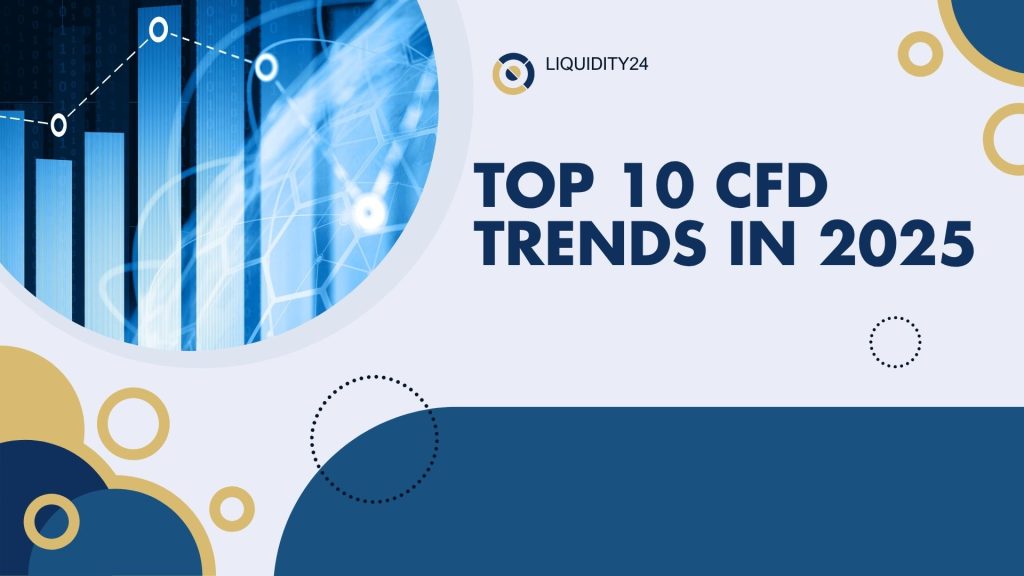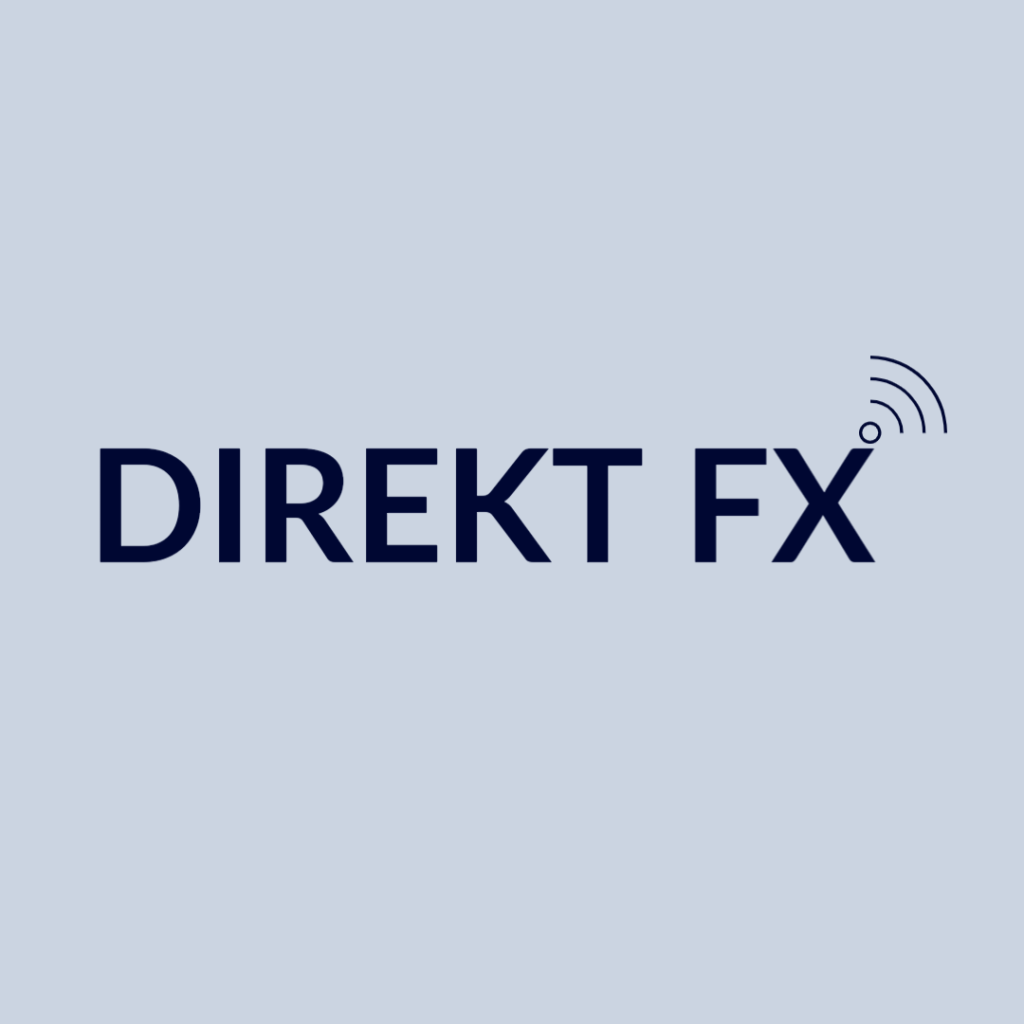
Top 10 CFD Trends in 2025
CFDs (Contracts For Difference) let you speculate on price moves without owning the asset. With new tech, behaviors, and preferences, 2025 is seeing multiple changes with a few prominent trends. Want to know what are the top 10 CFD Trends? Keep reading.
Top CFD Trends in 2025
These are the top CFD trends in 2025:
Asia Becomes the Centre of Retail CFD Traffic
Two-thirds of all visits to leading FX/CFD websites now originate in Asia. Up from 59% a year earlier. Brokers report the heaviest traffic from India, Indonesia, and Vietnam, where mobile trading apps and low-entry deposits dominate.
Regulators Double-Down on Investor Protection
The UK’s FCA still warns that between 51% and 73% of retail CFD accounts lose money. An average loss sits around £2,200. In February, the European Securities and Markets Authority reminded brokers to improve fund-segregation rules and clearer risk labels in marketing. Australia’s ASIC continues to police leverage caps of 30:1 on major FX pairs and 2:1 on crypto-asset CFDs, first imposed in 2021. Tighter rules force brokers to sharpen compliance, yet they also help credible firms win trust.
Prop-Trading Services Move In-House
Nine in ten industry executives said that proprietary (“prop”) trading programs will become a core product for CFD brokers. OANDA, IC Markets, Hantec, and Axi already launched funded-account divisions. They let skilled traders deploy up to $200,000 of broker capital while the broker shares 60-80% of profits. For brokers, the model slashes client-acquisition costs and keeps volumes high; for traders, it removes personal leverage risk.
Copy-Trading Delivers Up to 20% of Volumes
This among the CFD trends is shifting the industry widely. Brokeree noted that brokers running active campaigns generated 6-20% of their total trading volume from copy-trading flows in 2024. Google searches for “copy trading” rose roughly 20% year over year for four straight years. The trend matters because copy portfolios extend holding times and widen spreads captured by brokers, while novices gain hands-off exposure. Yet it also raises suitability questions for regulators.
Crypto CFDs Surpass Indices at Some Brokers
At Axi, crypto CFDs accounted for 25% of active clients and almost AU$ 17 billion (≈US$11 billion) in March 2025 monthly volume. A ten-fold jump versus early 2023. Bitcoin ETFs approved in the US, combined with BTC’s price holding above $100k, triggered the spike. CME Group’s regulated crypto futures averaged $11.3 billion notional daily in Q1 2025. It confirms that digital-asset derivatives are no longer fringe. For traders, crypto CFDs pair 24/7 markets with familiar margin requirements — just 2:1 in the EU but up to 1:200 elsewhere. Volatile? Yes. Ignorable? No.
AI Tools Become the New Standard Feature
Zipdo’s October 2024 brokerage survey found that around 70% of brokers had adopted AI by 2023. Analysts estimate AI will save the sector up to US$1 trillion a year by 2025 through automation and better risk analytics. Chatbots already handle 85% of support queries, and predictive order routing cuts trading latency. Brokers with AI-driven margin alerts reduce liquidation errors.
Asia & MENA Brokers Expand Offerings
Revolut Invest began rolling out zero-commission CFD trading in Czechia, Denmark, and Greece in late 2024, while Trive Africa introduced 1:2000 leveraged accounts for MENA clients the same quarter. A report counted 4.9 million active CFD accounts worldwide and monthly volumes nearing US$20 trillion (excluding Japan), up 32% from Q1 2024. Emerging-market payment rails such as India’s UPI remove funding frictions, feeding the growth loop.
Sustainability-Linked & Thematic CFDs Emerge
ESG still drives capital. CFD brokers BRING green-energy indices, carbon-credit baskets, and biodiversity-themed equity CFDs. Demand remains niche, but early adopters cite tighter bid–ask spreads than comparable ETF CFDs. Fun fact: Renewable ETFs returned over 30% for Indian investors in 2024.
Social Media as a Volume Engine
eToro and Exness together controlled 5.1 million social-media followers by mid-2024. The top-10 broker benchmark topped 8.5 million. Large followings allow direct funneling into copy trading and prop challenges. Expect marketing spend to shift from paid affiliates to in-house content teams that stream real-time analysis and trader testimonials.
Cost Compression and “Super-App” Competition
Fintechs now offer CFD, equity, and crypto trades inside one app. Revolut’s new platform lists 5,000 assets and undercuts classic MT4 spreads for majors. Pepperstone, Tickmill, and others respond with raw-spread accounts showing 0.0-pip EUR/USD quotes and commissions from $3.50 per lot. Lower costs intensify churn but also push brokers to add value: AI dashboards, funding flexibility, or prop capital. Who prospers when commissions race to zero? Those who win on service and safety.
Key Takeaways for Traders
- Scan regionally. Liquidity and promotions differ sharply between regimes.
- Use AI features. Real-time margin alerts and predictive signals reduce knee-jerk errors.
- Control leverage. Regulators cap it at 30:1 or less in major markets for a reason.
- Diversify assets. Crypto, ESG indices, and thematic baskets can hedge traditional FX exposure.
- Study prop terms. Profit splits, daily drawdown limits, and evaluation fees vary widely.
The 2025 CFD industry is bigger, faster, and more regulated than ever. Equip yourself with the facts, choose compliant venues, and treat leverage with respect. Ready to trade the next move?
Register your company now and get featured on our homepage!





